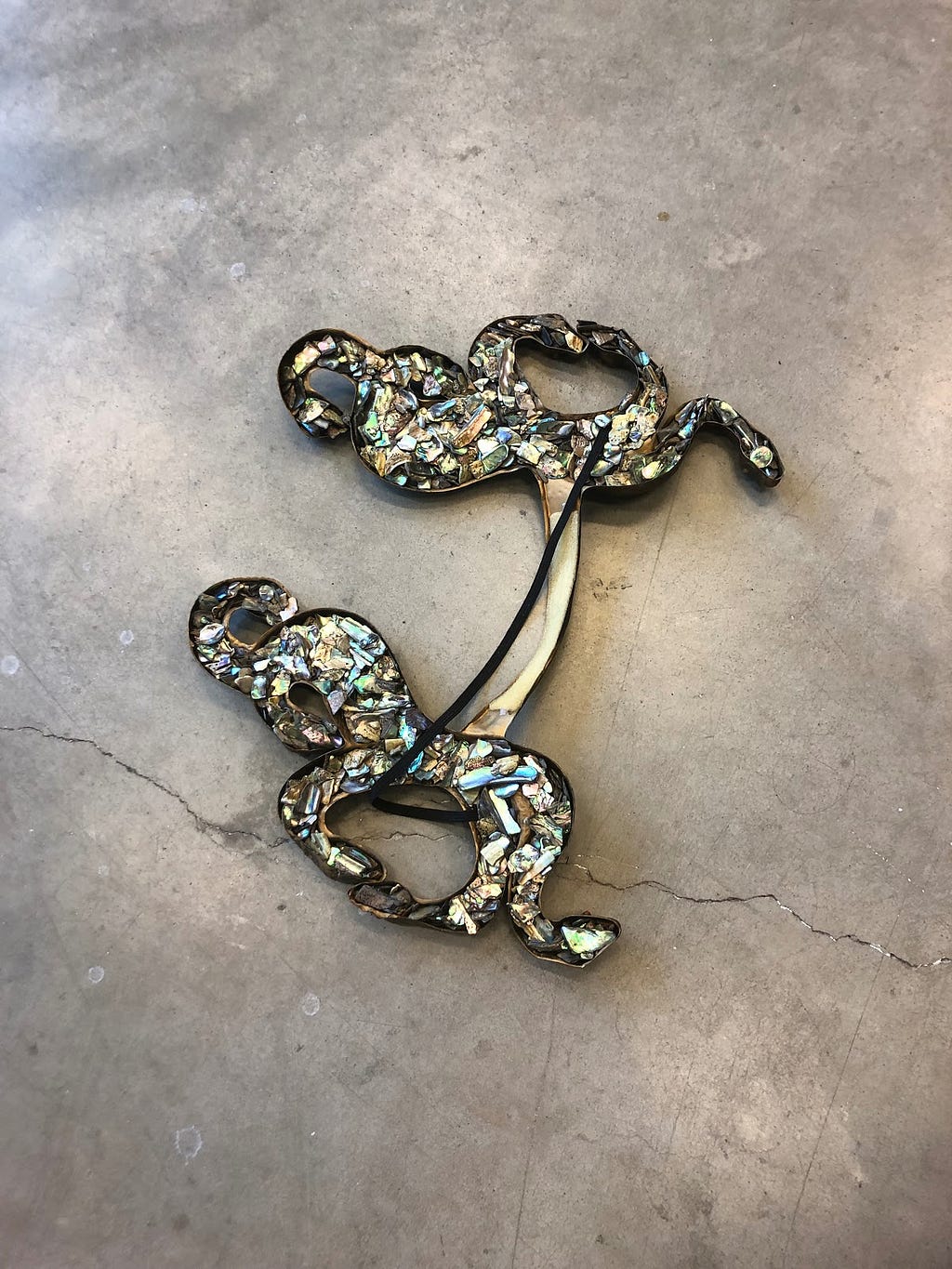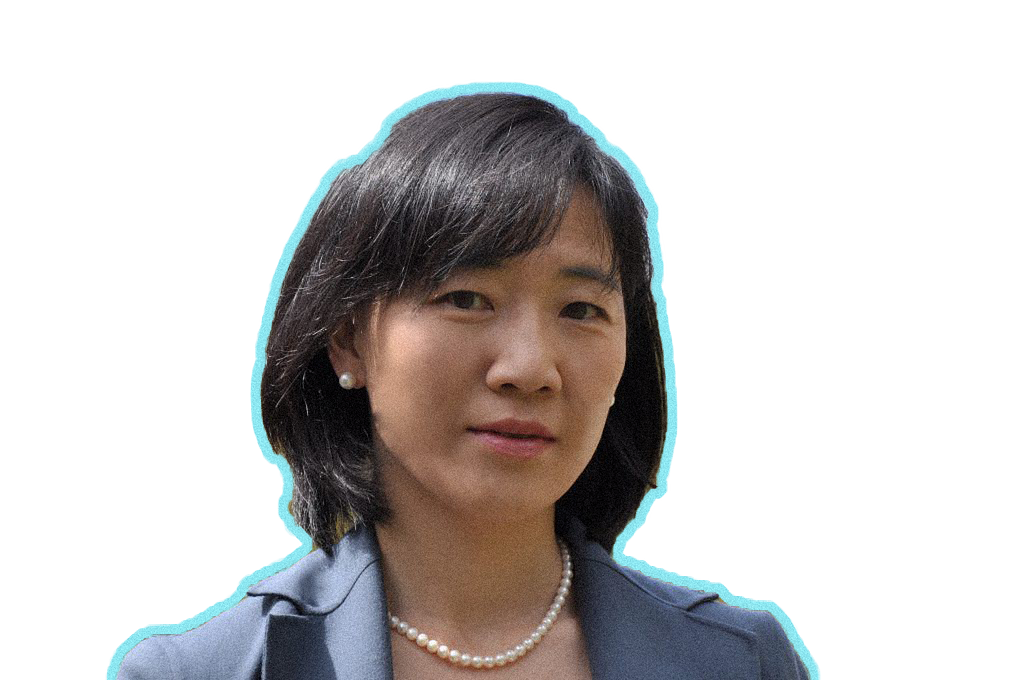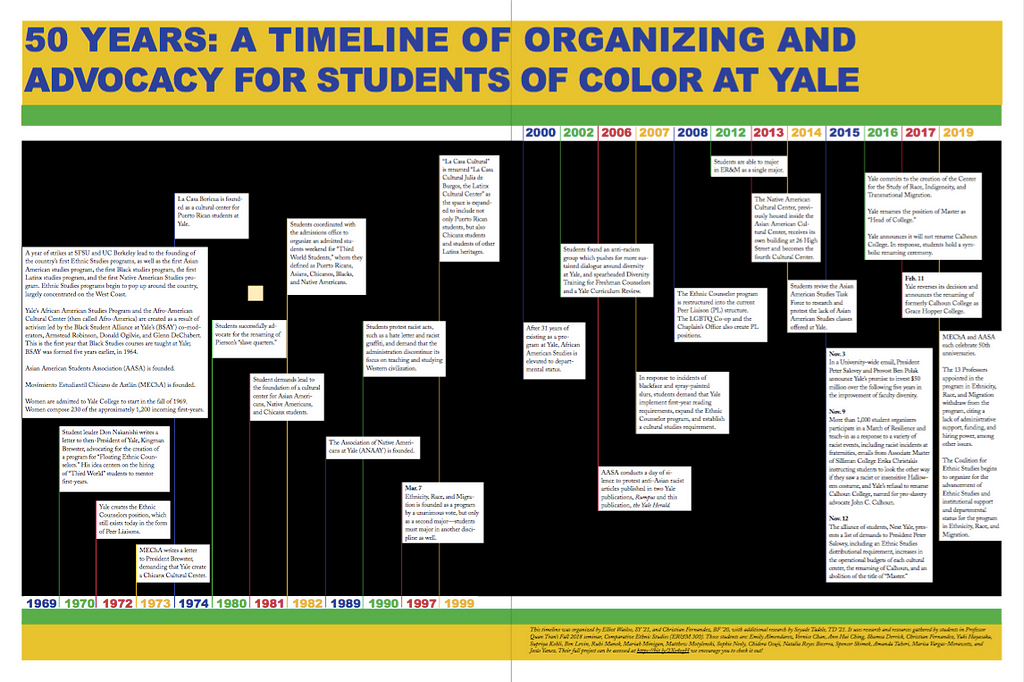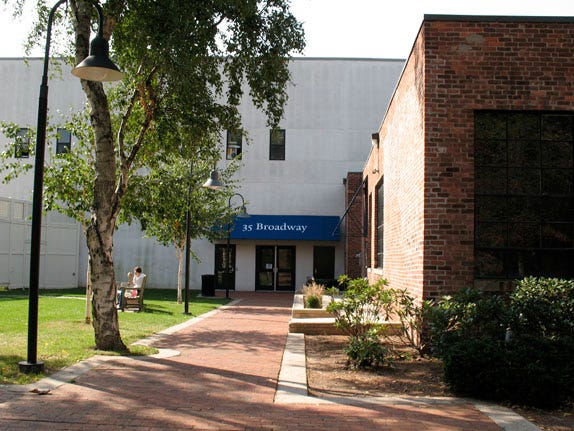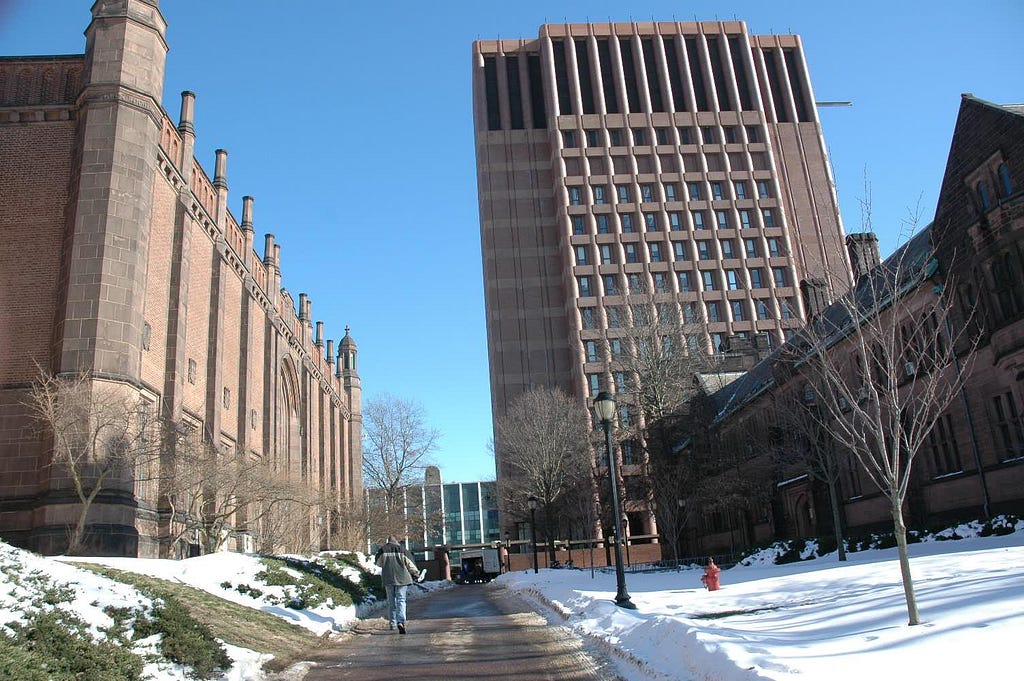
In conversation, Chalay Chalermkraivuth, SY ’20, and Mariah Kreutter, BK ’20, discuss their writing practices. Chalay Chalermkraivuth is a non-fiction writer and editor whose work has been published in The Sacramento Bee and Popula. Mariah works in a variety of genres, including non-fiction, fiction, and comedy. Her work has been published in McSweeney’s, Popula, and The Belladonna.
Chalay Chalermkraivuth: How would you describe your process?
Mariah Kreutter: I think when I’m writing fiction it usually either begins from truth, the details of something that has happened, and I imagine: what if this person who’s experiencing this isn’t me, has a different experience of interiority from me? And sometimes things will start from random images. I wrote a story called “The Church of Astro Chrisitnas,” which totally derived from thinking the phrase “the Church of Astro-Christians.” There’s usually a long incubation period. That’s at least how things start.
CC: That’s fiction — but do you have a notion of non-fiction?
MK: I think with non-fiction I like to start with something that is not myself, which I have some kind of connection to — things I’m curious about or oblique connections. I think I’m going to try to write a piece this semester about the link between exercising and drinking, through the lens of going to Vino and Vinyasa class — I’ll probably have to go to New York to check it out. Non-fiction is harder because you don’t really know what you’re going to have until you find it. What about you? Where do you get your ideas?
CC: I don’t really feel qualified to answer this question at least in terms of non-fiction. Over the summer [as a reporter in Sacramento] I didn’t have to generate my own ideas. Most of [what I did] was interview people, trying to tease out not only what preoccupied them, but also the structural conditions in which and against which they were operating…which I think is pretty standard. Once you are with a person, in communication, that offers a lot of insight into where you should go next, because people all know where stories are, and they all know what’s strange and what’s important. People have a keen sense of what’s underreported. It’s more a matter of transfiguring the story through a Trojan Horse into a news room and smuggle what they mean into the story (which is kind of devastating) — but that’s pretty abstract and it didn’t really involve me at all. I’ve been trying to think about how I can write to people’s needs and serve people’s needs, and that always involves — first and foremost — listening, and being present, and being empathetic, and truly leaving all your pretenses behind and going in as humbly as possible — and asking, what can I do for you?
MK: Is there a way that you tend to start your interviews or go about them that has served you?
CC: Being as informed as you can, while not assuming that you know that much. It’s always better to go in with something, which is standard. And I’m sure most people don’t succumb to this, but there’s always a danger of trying to finish people’s sentences or apprehend their thoughts or ask a convoluted question. Which in turn only puts words in their mouth. I think there’s a really fine line between asking a really convoluted question, which is just putting your thoughts in someone else’s mouth, and asking a really rigorous question that demonstrates what you’re thinking about… while leaving space for them to answer any way they wish. It’s important not to make echo chambers within the conversation… There’s a lot of value in being reflexive and being honest about your intentions. You have to show them what the [Trojan] Horse is so to speak, and you have to see the other person as a teacher and a collaborator. To go back to what you said at the very beginning… I’m wondering if you’ve made a transition from taking your interiority elsewhere to taking other people’s interiority into your situation?
MK: I don’t think anything I write is really that divorced from my interiority. I’ve never tried to write a character that is more or less self-aware than I am. There are certain things that tend to pop up because there are filters that form how I see the world — I at least have not yet found a way away from that, which would still feel honest. But, yeah, there are two different models which I’ve used in the past. I remember saying: to move your interiority elsewhere is a way of getting into fiction as a purely imaginative fun. To try to create a subjectivity that’s really different from yours is really hard (laughs)… I think I often give my characters are the worst aspects of myself, specifically point of view characters — which is something I love doing in fiction, especially quasi-biographical, because when you’re writing fiction you have absolute freedom to be the most abase and interesting version of yourself
CC: (laughs) Do those always go together?
MK: They definitely do not have to, but just in terms of what I’ve been working on most recently.
CC: For me it’s almost the formal converse — I’ve thought a lot about the fact that reporting makes me a better person: when I’m sitting in an interview, I listen more kindly ,more empathetically, and more intently than I ever do outside of that context, which is ridiculous. And that was something that started to permeate my relationships outside of reporting while I was working. It certainly is much less present in my life now, and I regret that. I think that writing in that way makes me more active and more engaged, and I think that’s connected with what I want to do with it; I’m really interested in (though I’ve never achieved or even tried really) writing that makes people cohere, that extends its hand, that is informational.
Writer’s Portrait: Chalay Chalermkraivuth and Mariah Kreutter was originally published in The Yale Herald on Medium, where people are continuing the conversation by highlighting and responding to this story.





